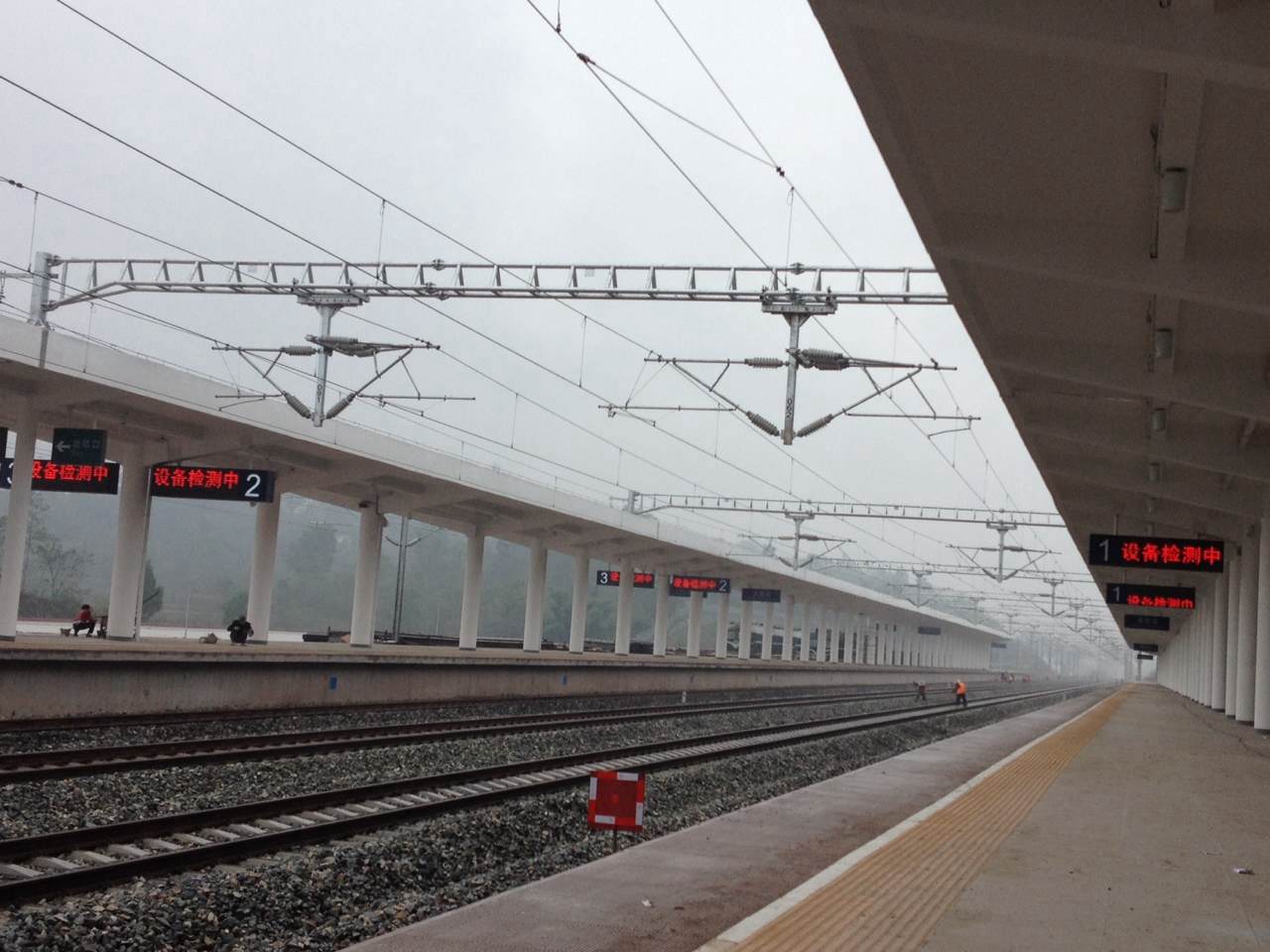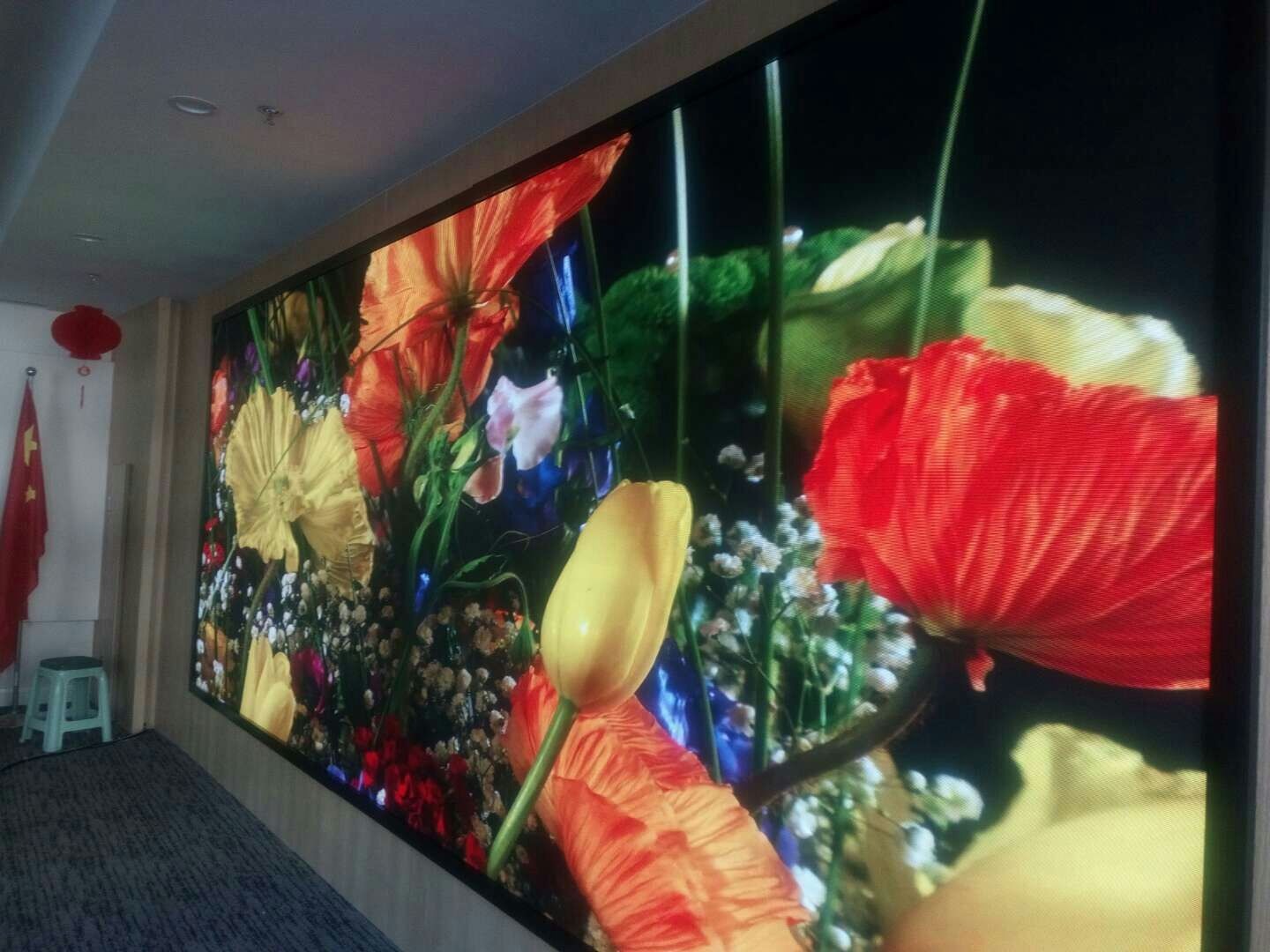In recent years, LED display market has developed rapidly and has been widely used in banks, posts and telecommunications, taxation, airports, stations, securities markets, hospitals, electric power, customs, gymnasiums and other places. So, do you know how LED displays work?
The LED display is a kind of flat panel display, which is composed of a LED lattice module or pixel unit. It has the advantages of high luminous rate, long service life, flexible configuration, rich color, strong adaptability to indoor and outdoor environment, etc. since the mid and late 1980s, with the continuous improvement of production technology, the production technology has been constantly improved. With China's reform and opening up, especially the rapid development of the national economy in the 1990s, the public demand for information disclosure is increasing. The emergence of LED display just adapts to this market situation, which makes the design, manufacturing technology and application level of LED display improve rapidly.

LED display has experienced the development of panchromatic display from monochromatic and bichromatic word display to image display. Significant progress has been made in the performance (improvement of LED display and blue light tube) and system composition (fully computerized dynamic display system). At present, the ultra-high brightness panchromatic video display level can be said to meet the requirements of various application conditions. Transportation, securities, telecommunications, advertising, publicity and other aspects have a wide range of applications.

The system consists of special computer equipment, monitor, video input interface and system software.
System software: special LED playing software, PowerPoint, or es98 video playing software is provided.